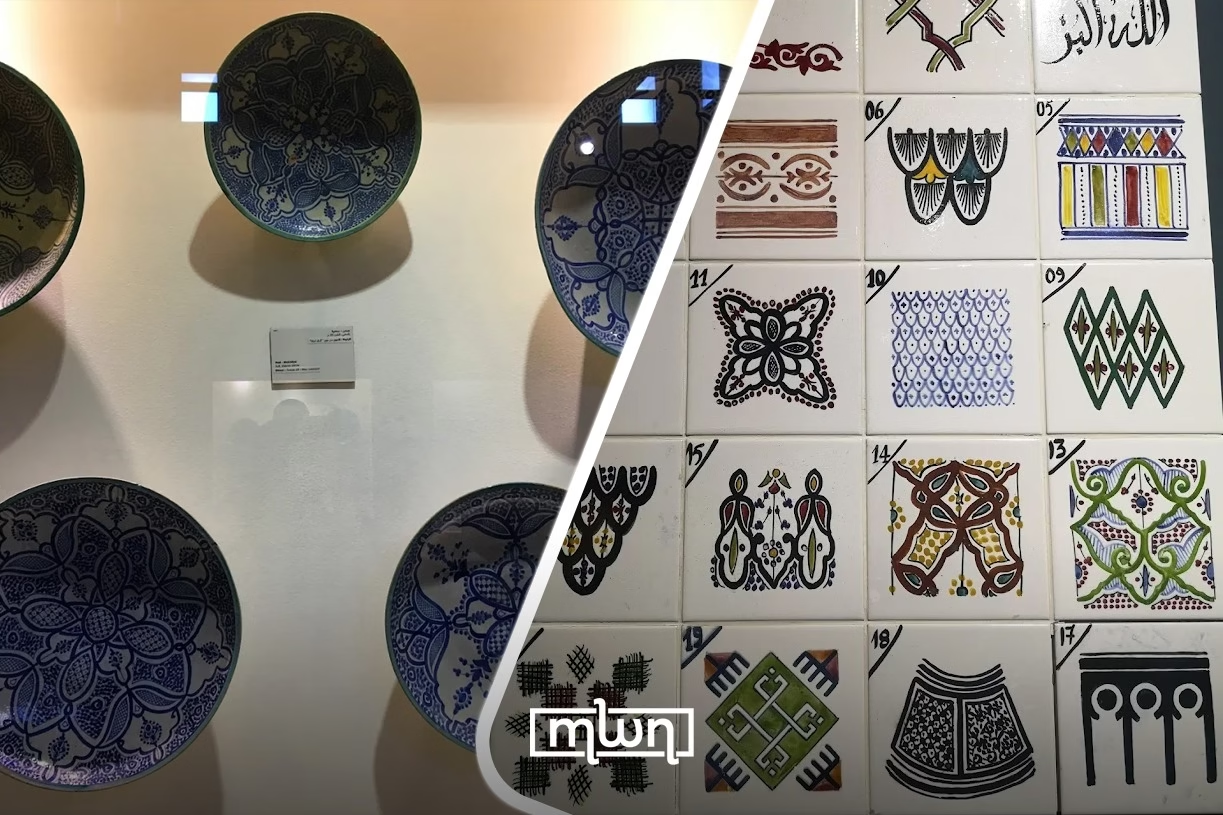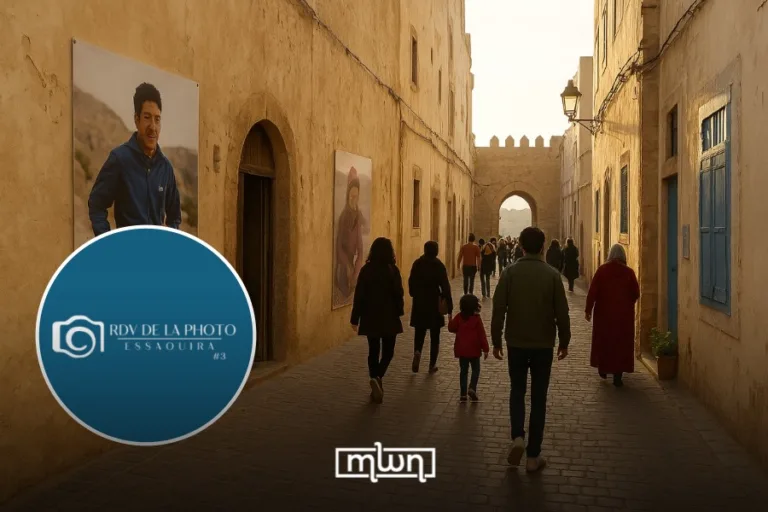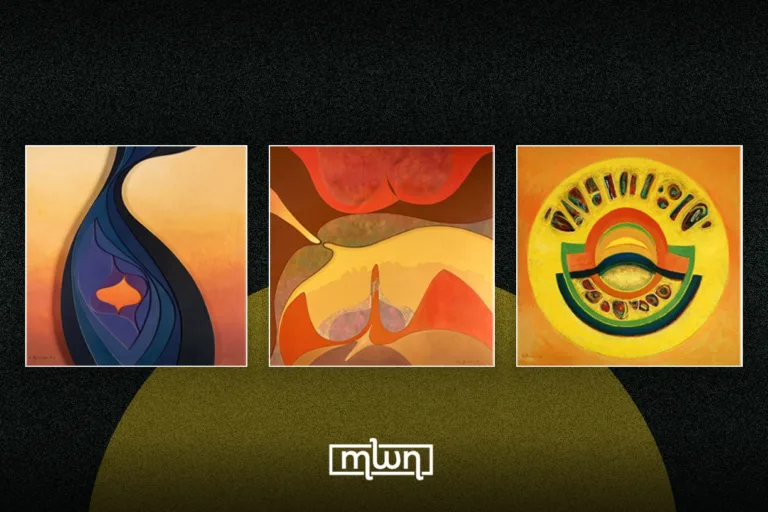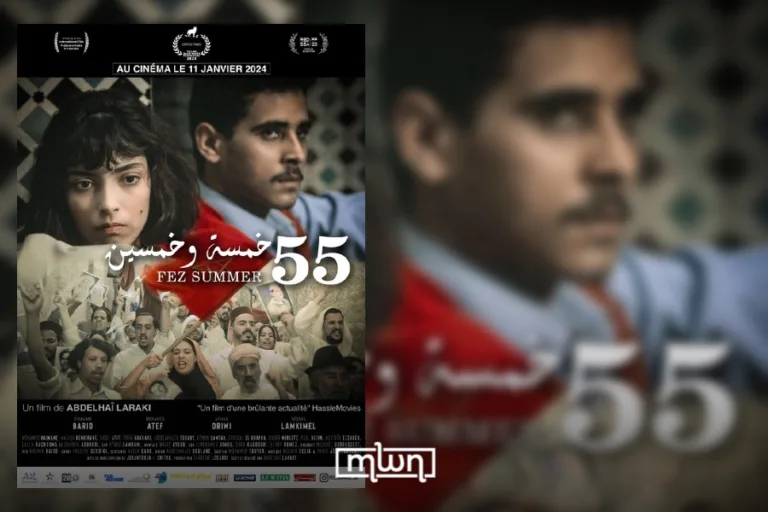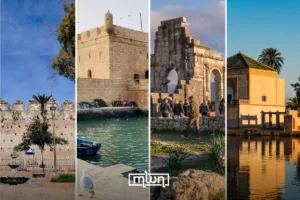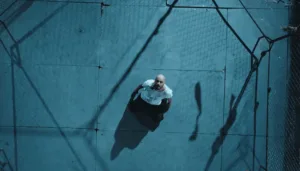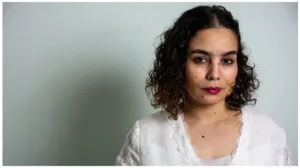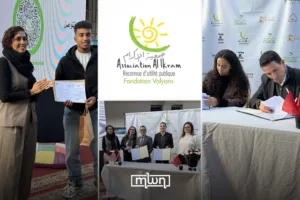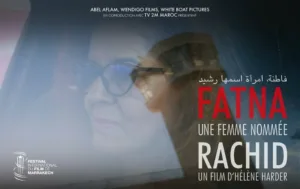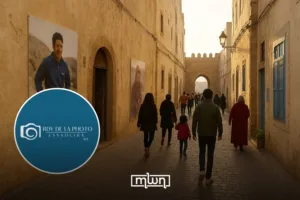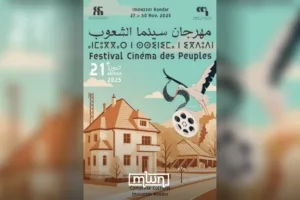Amid the calm of Safi, a museum draws the arc of Moroccan ceramics with quiet precision and depth.
Fez– In Safi, a city long shaped by the rhythm of the ocean and the discipline of the artisan’s hand, a museum quietly stands as a testament to one of Morocco’s most enduring arts.
The Ceramics Museum, restored in 2018 under the auspices of the National Museums Foundation, is not merely a place of exhibition, it is a space where material, memory, and mastery converge.
Clay has always had a particular resonance in Safi. It is not just a raw material but a medium of continuity, passed from hand to hand, generation after generation.
The museum captures this lineage with precision. Housed in a restored historical building, it offers a measured, intelligent journey through centuries of ceramic production; from prehistoric utilitarian forms to the ornate and glazed pieces that flourished in Fez and Safi in the 19th and 20th centuries.
Its structure is deliberate: seven galleries arranged not only by chronology but by region and technique, tracing a careful arc through time and across geography.
The path begins with rudimentary shards from prehistory and ends with the refined artistry of contemporary ceramicists, highlighting the shifts in function, form, and aesthetic language along the way.
Visitors are not rushed through spectacle; they are invited into a quiet reflection. Each piece is part of a larger conversation, about taste, tradition, and the changing roles of craft in Moroccan society.
From Tamegroute’s earthy greens to the deep blues of Fez, from the austere forms of the Atlas to the precision of urban workshops, the collection honors not the object alone, but the context that shaped it.
Imane Al-Monjem, the museum’s curator, describes the museum not as a gallery but as a space of transmission. “It’s a place where chronology meets geography,” she says, “and where visitors can read the evolution of a national artform through its smallest details, glazes, motifs, silhouettes.”
More than an archive, the museum also functions as an educational site, with workshops aimed at children and students, ensuring that this tactile heritage remains part of Morocco’s living culture.
There is a particular emphasis on Safi’s own contribution. In the final galleries, works by Boujemaa Lamali and his contemporaries are displayed with the care they deserve.
These rooms are not nostalgic, they are architectural. They show how ceramicists in Safi took the weight of tradition and reinterpreted it for a modern age, without rupture or spectacle.
According to Maroc.ma Visitors speak of the museum with a kind of subdued awe. For locals, the museum affirms what has always been known but not always preserved: that Safi’s relationship with clay predates even its architecture.
“Seeing ceramic pieces from the Almohad and Almoravid periods on display,” a local visitor said, “you begin to understand that what we now call craftsmanship once formed the backbone of a civilizational narrative.”
The Ceramics Museum in Safi does not attempt to romanticize the past. Instead, it articulates it with clarity. It offers no grand gestures, no theatrics, just a space where Moroccan heritage, in all its complexity and intelligence, is given room to breathe.
Here, clay becomes language, form becomes history, and the artisan’s quiet labor is allowed its rightful place in the national memory.
Read also: Morocco’s First Free Rural Park to Open in Agafay

